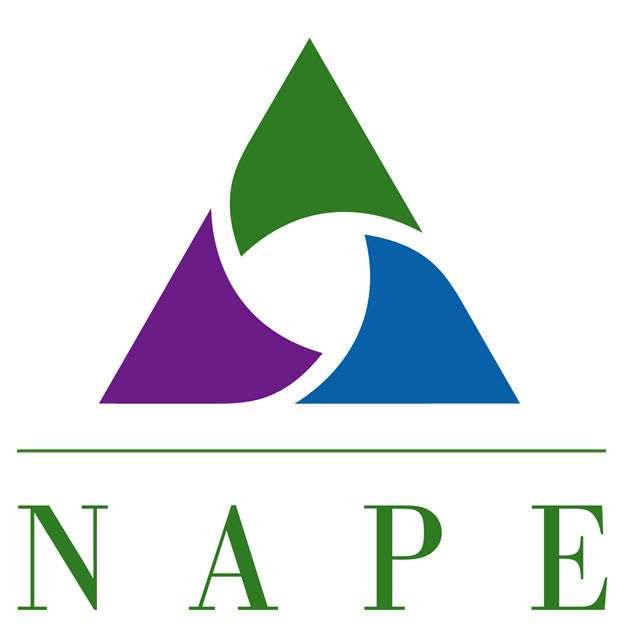Make the Future – NT 4.3.1 Instructional Strategies

By Official Navy Page from United States of America MC3 Cristina Gabaldon/U.S. Navy [Public domain], via Wikimedia Commons
To support the participation and success of women and men in nontraditional courses, we need to use multiple instructional strategies at different times, in various situations and combinations. No single set of instructional strategies will work for all (or even most) students all of the time.
One way to create an equitable classroom is to avoid over-using one instructional or pedagogical strategy. The most common instructional strategies are lectures, labs, individual student projects, and writing. Here are a few more examples.
| Discussions |
Discussions can be facilitated in a variety of ways. Try cooperative learning methods such as a think-pair-share, the jigsaw method, constructive listening dyads, guided inquiry, or concept mapping. Think-Pair-ShareThink-Pair-Share activities ask students a question that they must consider alone and then discuss with a neighbor before settling on a final answer. This is a great way to motivate students and promote higher-level thinking. Even though the activity is called think-“PAIR”-share, many instructors use this term for both pairs and small groups (three or four students). JigsawIn a jigsaw, the class is divided into several teams, with each team preparing separate but related assignments. When all team members are prepared, the class is re-divided into mixed groups, with one member from each team in each group. Each person in the group teaches the rest of the group what he/she knows, and the group then tackles an assignment together that pulls all of the pieces together to form the full picture, hence the name jigsaw. Constructive Listening DyadsConstructive listening dyads allow for every student to speak and be heard without interruption. Pair students off, offer students a prompt, and have each student speak for a timed 2-3 minutes. The listening partner is not allowed to interrupt or interject in any way. Guided InquiryGuided inquiry–based learning, sometimes referred to as scaffolded inquiry, is a powerful and effective model of learning [26]. In inquiry learning, the teacher facilitates learning by posing questions, and students learn content by collaboratively engaging in authentic investigations and constructing arguments. This is founded in constructivist theories of learning that stress that learners be engaged in constructing their own knowledge. Concept MappingConcept maps are graphical tools for organizing and representing knowledge. They are a useful brainstorming collaborative activity among small groups. Concept maps are a visual diagram where relationships between concepts are typically indicated by a connecting line linking two concepts [22]. This activity capitalizes on iconic learning, the mental storage of images of that which we encounter, experience, or create. Concept mapping, when paired with guided inquiry, emphasizes relating new knowledge to students’ existing knowledge. This pairing fosters meaningful learning. Novak sums up, “We believe one of the reasons concept mapping is so powerful for the facilitation of meaningful learning is that it serves as a kind of template or scaffold to help to organize knowledge and to structure it, even though the structure must be built up piece by piece with small units of interacting concept and propositional frameworks [22].” |
|---|---|
| Case Studies |
Case studies take advantage of our natural affinity for learning and remembering stories. They provide a realistic situation or challenge where students make decisions and solve problems in context. Presenting content in a way that appeals to real-world scenarios and avoids gender stereotypes is key. |
| Group Projects |
The structure of group projects can vary, but consider designing some group activities that are based on the success of effective teamwork. Allow students to grade one another on how well they worked together in the group. Be thoughtful about how you create cooperative teams or small groups—make sure everyone has a role and stereotypes are challenged. |
| Public Reviews |
Public reviews are opportunities for students to present and defend their work, as well as practice giving and receiving constructive feedback. |
| Service Learning |
Sometimes called community-based instruction, service learning places equal emphasis on the service component of the experience and the learning outcomes for the student. This also often incorporates group work, and it encourages interdisciplinary and systems thinking. |
When your classroom is equitable, no single type of student dominates the learning environment. This is particularly relevant and important in nontraditional programs where women or men might be underrepresented. Ultimately, all students will benefit from diverse strategies for conveying information and facilitating learning in the classroom. By incorporating multiple instructional strategies, you can create a more equitable learning environment that will support every student.
Pause & Reflect
- Based on what you have learned so far, which of your lesson plans do you think you need to modify to better serve your students, and why?
- How will you modify them?

